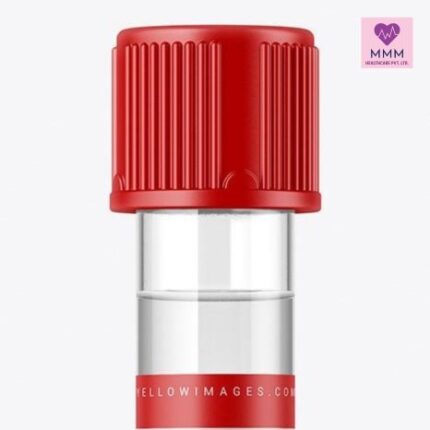Sample required : Blood
Pre requisite : No Fasting Required
The Free T4 test, commonly referred to as free thyroxine (FT4), is an important blood examination that assesses the concentration of free T4 or FT4 in the bloodstream. Free T4 represents the active form of the hormone thyroxine, which is synthesized by the thyroid gland. This test quantifies the amount of this hormone that is available for the body to use. The FT4 test is instrumental for healthcare providers in diagnosing and monitoring thyroid-related disorders, including hypothyroidism (characterized by insufficient thyroid activity) and hyperthyroidism (marked by excessive thyroid activity).
The FT4 test measures only one parameter: the concentration of free thyroxine (T4) hormone in the bloodstream. 2 Free T4 is the active form of thyroxine that directly enters your tissues where it is needed. In contrast, bound T4 is attached to specific proteins, preventing it from entering your tissues.
The interpretation of Free T4 (FT4) test results is essential for assessing thyroid function and diagnosing thyroid-related conditions. Here is how the test results can be interpreted:
| Parameter | Biological Reference | Interpretation |
|---|---|---|
| Thyroxine (T4), Free | 0.78-2.19 ng/dL | A higher-than-normal T4 level may result from conditions involving an overactive thyroid, such as Graves’ disease, thyroiditis, taking excessive thyroid hormone medication, toxic thyroid nodules or toxic goitre, certain tumours of the testes or ovaries (rare), receiving medical imaging tests with contrast dye that contains iodine (rare, and only in persons with a thyroid issue), or consuming an unusually high amount of iodine-rich foods (very rare). 6 A lower-than-normal T4 level may indicate hypothyroidism (disorders related to an underactive thyroid, e.g., Hashimoto disease), malnutrition or fasting, severe acute illness, or the use of specific medications. 6 |
Understanding your FT4 test results is key to identifying and managing thyroid disorders. A result outside the normal range could signal thyroid dysfunction, prompting further evaluation and treatment.






Reviews
There are no reviews yet.